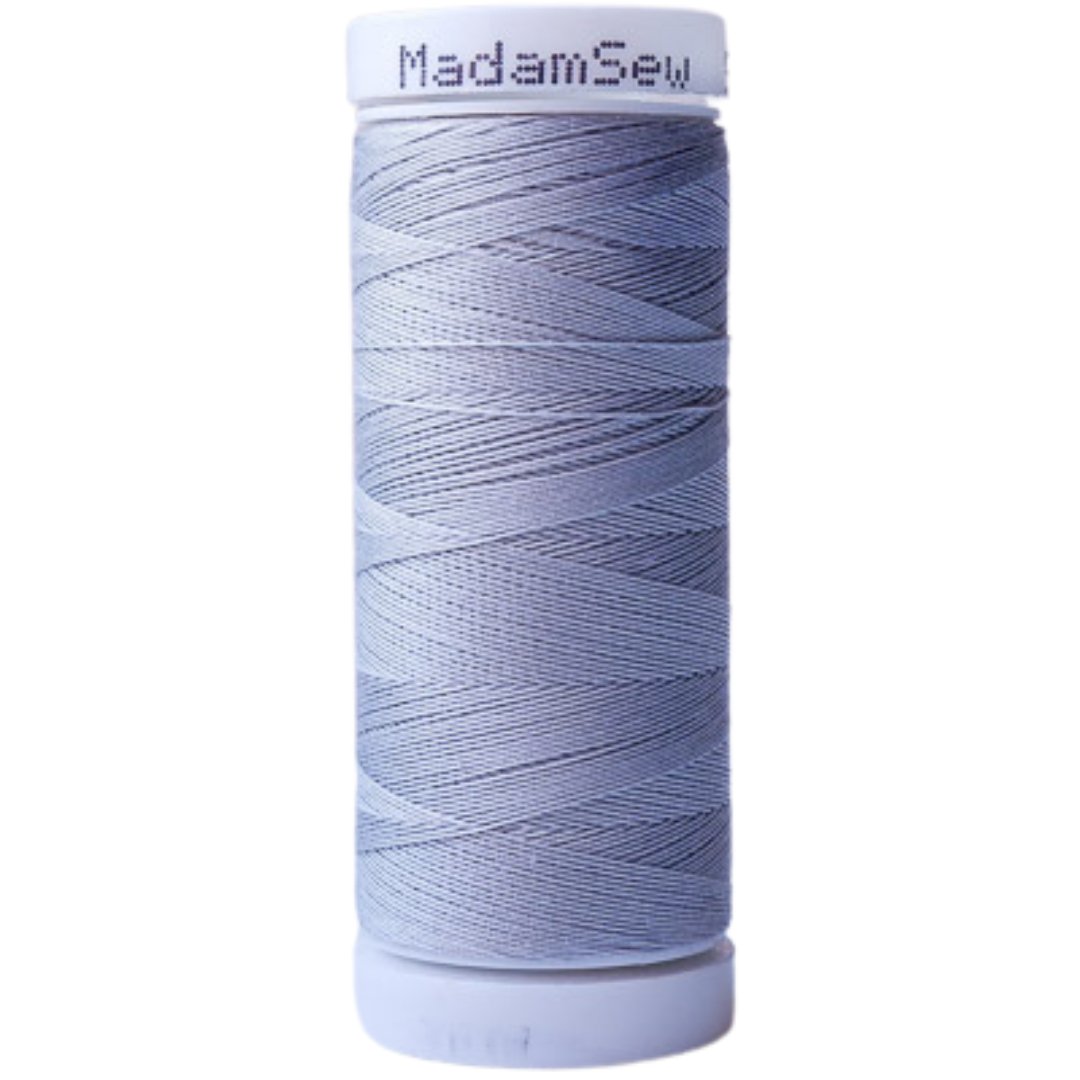Hand Sewing Basics: Using Single or Double Thread
Are you new to hand sewing or need a refresher on how many threads to use for a hand-sewing project, a single or a double thread? What is the best way for what sewing job? Follow along and we’ll guide you so you can make a decision. Just remember, this is a guide, not an absolute as there are often different opinions on how to do things.
What Does Single Thread Mean For Hand Sewing?
Single threading is when you put the thread through your hand needle so that you have a short end of thread and a long end of thread. The short end of thread is usually about 6-8” long while the long end of thread is about as long as your arm (as my grandma always told me). You then will put a knot at the end of the long thread. This is the part of the thread that will be holding your project together as you sew.
NOTE: Because you don’t want to lose the short end of thread, you’ll want to keep an eye on it so that it doesn’t slip out of the needle. If it does, you’ll be re-threading your needle and that is no fun. I know this particular frustration from experience.
A simple trick that my grandma taught me for getting the thread easily into the eye of the needle is to moisten both the end of the thread you are threading and the needle eye (yes…it can be a bit icky…but it works most of the time).
Here is a little video of what threading a single thread should look like.
What Does Double Thread Mean for Hand Sewing?
Double threading is when you put the thread through your hand needle and then pull the thread so that both lengths of thread are the same. You then will put a knot at the end of both threads. The thread is also much shorter than when using a single threaded needle. I like to have between 8-12” long when they are together. Both threads will therefore be holding your project together as you sew.
Here is a little video of what threading a double thread looks like.
When Do You Use a Single Thread When Hand Sewing?
When hand sewing, you will typically use a single thread for most projects. This is because you don’t want the bulk or viability of the thread to take away from your project. Also, doing so makes it easier to take the stitches out with your seam ripper should you need to. Just pick a thread that is strong enough for the project.
So what types of projects are we talking about? Ever rip out the hem of your pants or skirt? If you look closely, you’ll see that a single thin thread is what keeps those hems in place. Single thread is also great for sewing seams, basting, hand embroidery, and quilting. It is also especially suited for thin or fragile fabrics such as silks, and sheers. Basically, almost all hand sewing will be done with a single thread.
When Do You Use a Double Thread When Hand Sewing?
Double thread, if you haven’t already guessed, means extra hold or thickness of thread. You’ll often want that when you need the extra strength from having two threads or if you need to close something up fast.
So, what projects need that extra support? Sewing Buttons…Fasteners…and Socks are a few that come to mind.
When sewing on buttons, you want to sew them quickly but you also want them to stay on once sewn, so the double layer of thread serves a “double” purpose :-). This goes the same for when you are sewing on fasteners such as Hook & Eye Fasteners or other types of fasteners. When you are darning socks, you want the hole in the socks to stay closed once you are done so this is another sewing project that benefits from a double thread.
Between you and me, I also use double thread when sewing on belt loops that have come loose, especially on jeans. Just saying. :-)
I hope this Mini Blog about the use of a single or double thread helped you make a decision for your future hand-sewing jobs. Making the right decision can make a difference in the quality of your finished sewing project. Keep an eye out for more “Basics” Mini Blogs.
Happy Sewing or Quilting!
Cathy
Blogging for MadamSew
cathy@madamsew.com

















6 comments
Very straightforward and timeless explanation. Tysm
What do you mean by “viability of the thread to take away from your project”? I don’t understand the use of “viability” in this context.
Thank you for all your tips.
Thank you for all your tips.
Great info !!! Thanks for doing this.